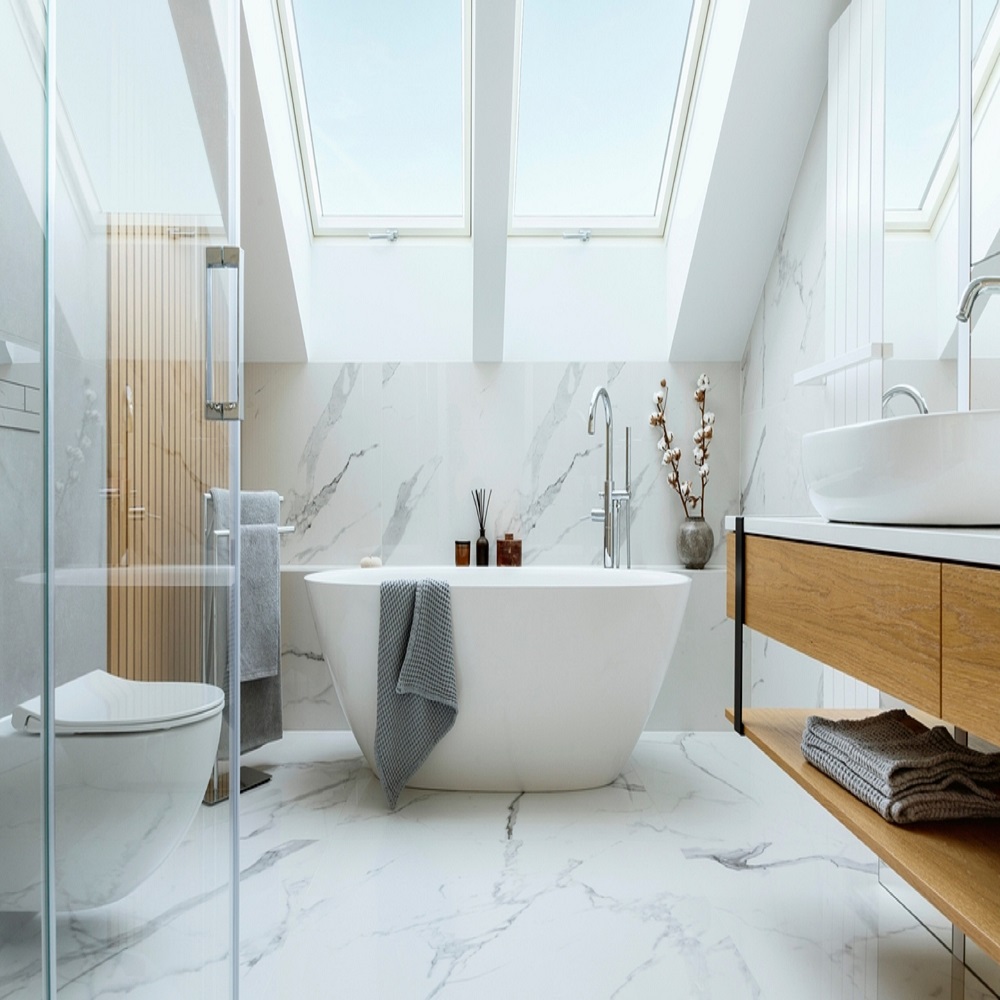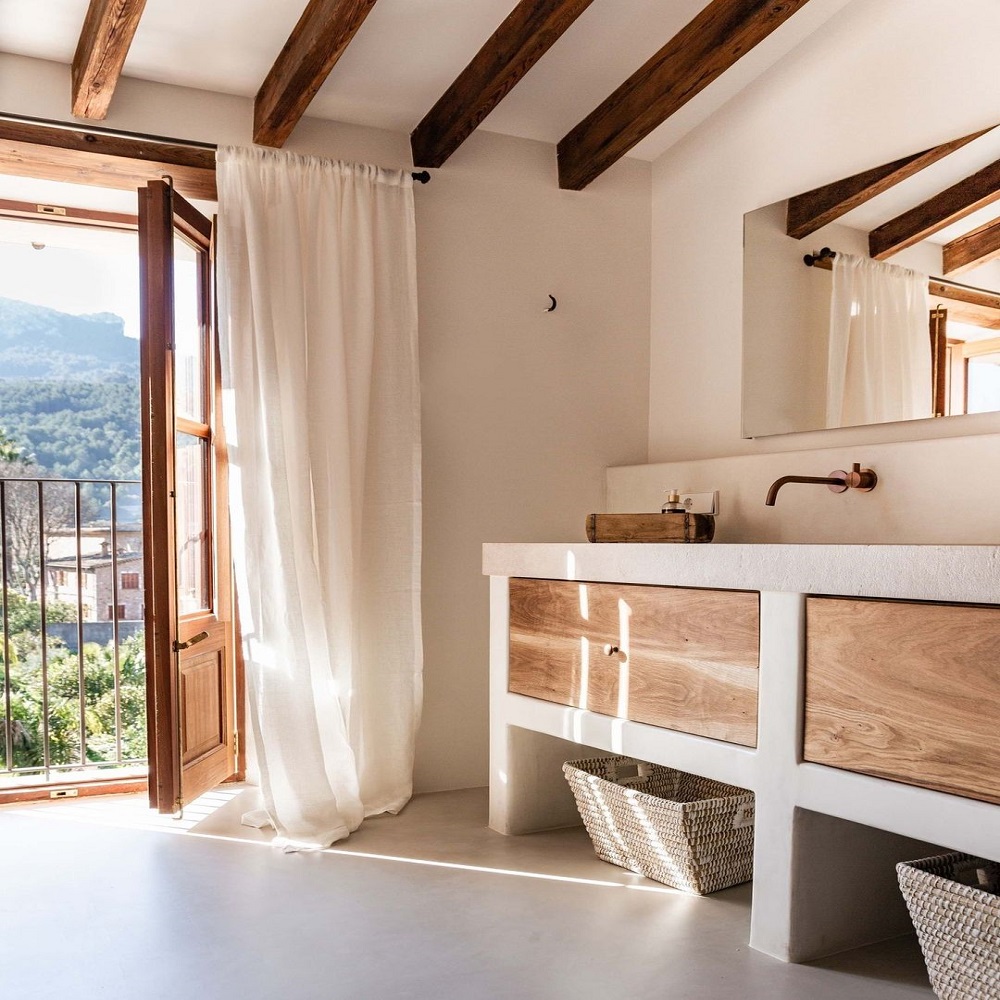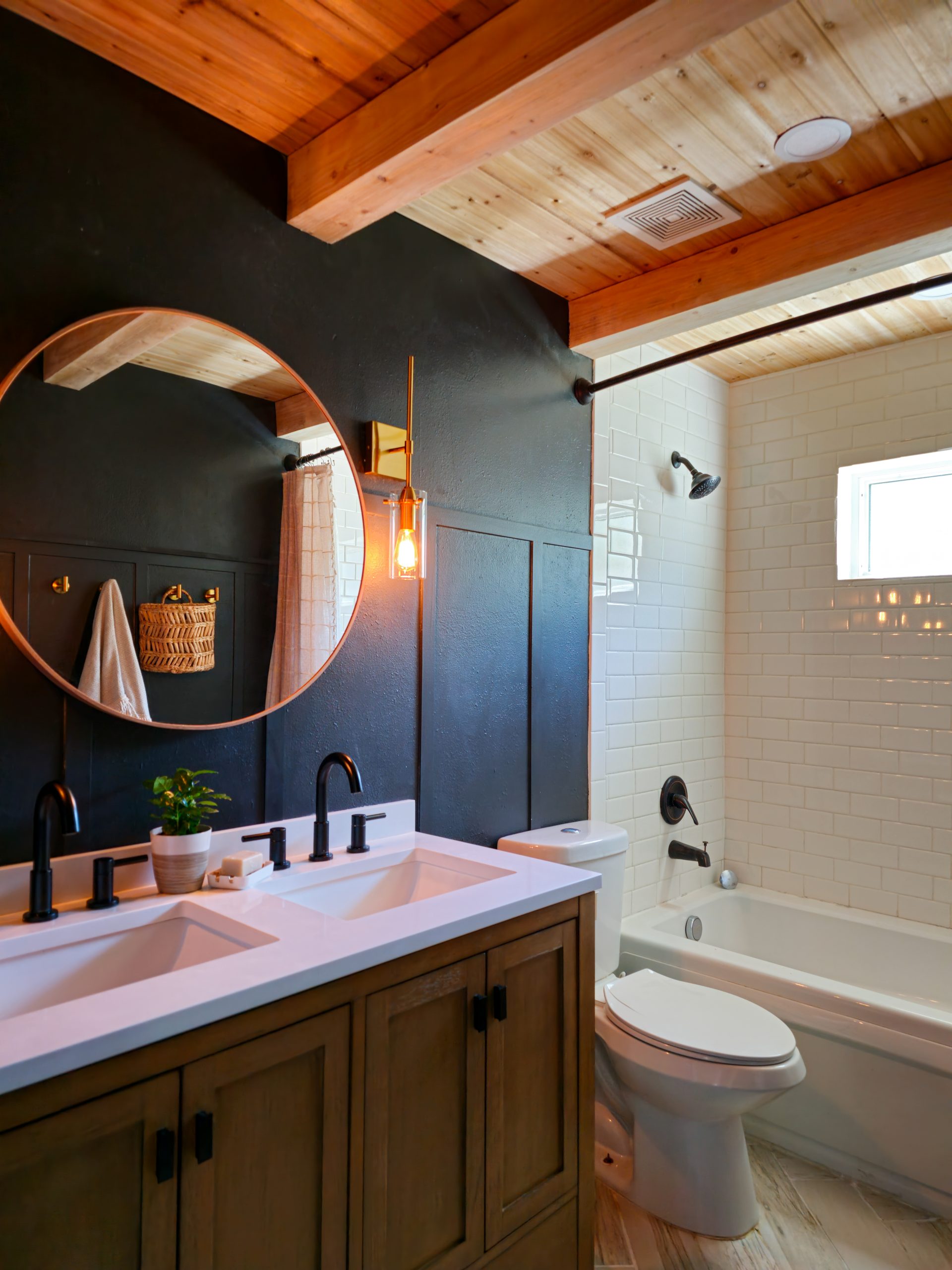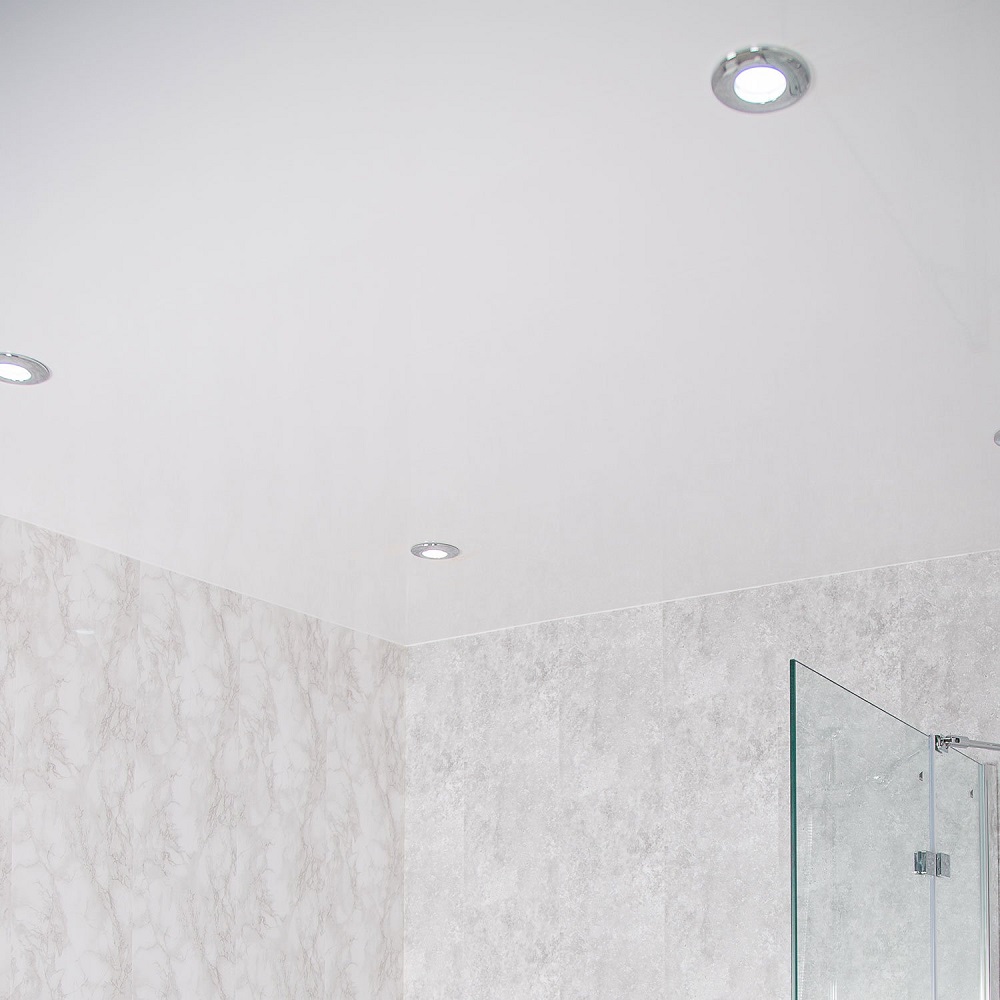Mildew on your bathroom ceiling can be both unsightly and a sign of moisture problems in your home. If left untreated, mildew can lead to more serious issues such as mold growth and damage to your ceiling and walls. This comprehensive guide will walk you through the steps to effectively remove mildew from your bathroom ceiling and prevent future occurrences.
Understanding Mildew and Its Causes
What is Mildew?
Mildew is a type of fungus that appears as a thin, powdery, or fuzzy layer on surfaces. It thrives in warm, damp environments, making bathrooms an ideal breeding ground. Unlike mold, which can penetrate and damage materials, mildew typically grows on the surface and can be cleaned more easily. However, it is crucial to address it promptly to prevent it from evolving into more serious mold issues.

Common Causes of Mildew in Bathrooms
Several factors contribute to mildew growth in bathrooms:
- Excessive Humidity: Bathrooms are prone to high humidity levels due to showers and baths. If ventilation is inadequate, the excess moisture can create an environment conducive to mildew growth.
- Poor Ventilation: Lack of proper ventilation, such as insufficient exhaust fans or open windows, prevents the bathroom from drying out and allows moisture to accumulate.
- Water Leaks: Leaks from pipes, roofs, or around the bathtub can introduce excess moisture to the ceiling and walls, encouraging mildew growth.
- Infrequent Cleaning: Regular cleaning helps prevent the buildup of soap scum and other organic materials that mildew feeds on. Neglecting this can exacerbate mildew issues.
Understanding these causes can help you address the root of the problem and prevent future mildew growth.
Preparation and Safety Measures
Gather Your Cleaning Supplies
Before you start, ensure you have all the necessary supplies:
- Cleaning Solution: You can use a commercial mildew cleaner or make your own with a mixture of water and bleach or vinegar.
- Protective Gear: Wear gloves, goggles, and a mask to protect yourself from cleaning chemicals and mildew spores.
- Cleaning Tools: Have a sponge, scrub brush, or cloth on hand, along with a ladder if needed to reach high areas.
- Plastic Sheeting: Use plastic sheeting to cover and protect your bathroom fixtures and floors from cleaning solutions.
Proper preparation will make the cleaning process more efficient and ensure your safety.
Safety Precautions
When dealing with mildew and cleaning agents, take these safety precautions:
- Ventilation: Open windows and doors to ensure proper airflow and prevent inhalation of fumes from cleaning products.
- Avoid Mixing Chemicals: Never mix bleach with ammonia or other chemicals as this can create toxic fumes. Stick to one cleaning solution at a time.
- Protect Surrounding Areas: Use plastic sheeting to cover fixtures, floors, and any items that could be damaged by cleaning solutions.
Following these precautions will help you manage potential risks and ensure a safer cleaning environment.

Cleaning the Mildew
Step-by-Step Cleaning Process
- Prepare the Area: Remove any items from the bathroom that could be damaged by cleaning solutions. Cover surfaces with plastic sheeting to protect them.
- Create Your Cleaning Solution: Mix one part bleach with three parts water, or use undiluted white vinegar. Both solutions are effective at killing mildew.
- Apply the Solution: Using a sponge or cloth, apply the cleaning solution to the affected area of the ceiling. Be sure to cover all mildew spots thoroughly.
- Scrub the Area: Gently scrub the mildew with a brush or sponge to loosen and remove it. Be cautious not to damage the ceiling surface.
- Rinse and Dry: After scrubbing, rinse the area with clean water to remove any residue. Dry the ceiling completely with a clean towel or cloth to prevent the mildew from returning.
Dealing with Stubborn Mildew
If mildew persists despite cleaning, you may need to apply the cleaning solution again or use a specialized mildew remover. For very stubborn mildew, consider using a stronger commercial cleaner designed for mold and mildew. Always follow the manufacturer’s instructions for application and safety.
Preventing Future Mildew Growth
Improving Ventilation
To prevent mildew from returning, improving ventilation is crucial:
- Install or Upgrade Exhaust Fans: Ensure your bathroom has a properly sized exhaust fan to expel humid air. Consider upgrading to a more powerful model if your current one is insufficient.
- Use a Dehumidifier: In areas with high humidity, a dehumidifier can help reduce moisture levels and prevent mildew growth.
- Open Windows: When weather permits, open windows to allow fresh air circulation and reduce indoor humidity.
Regular Cleaning and Maintenance
Maintaining a clean bathroom helps prevent mildew:
- Clean Regularly: Regularly clean your bathroom to remove soap scum and other organic materials that mildew can feed on.
- Inspect for Leaks: Check for leaks in pipes, the ceiling, and around the bathtub or shower. Address any leaks promptly to prevent moisture buildup.
- Use Mildew-Resistant Paint: Consider using mildew-resistant paint on your bathroom ceiling and walls to inhibit future mildew growth.
Managing Humidity Levels
Keeping humidity levels in check is essential for preventing mildew:
- Monitor Humidity: Use a hygrometer to monitor indoor humidity levels. Aim to keep humidity below 60% to reduce the risk of mildew.
- Dry Wet Areas: After showers or baths, wipe down surfaces and ensure they dry quickly to prevent moisture accumulation.

When to Seek Professional Help
Signs You Need Professional Assistance
While most mildew problems can be managed with DIY methods, certain signs indicate a need for professional help:
- Extensive Mildew or Mold Growth: If mildew covers a large area or you suspect mold growth behind walls or ceilings, professional remediation may be necessary.
- Persistent Water Damage: If you have ongoing water damage issues, such as persistent leaks or extensive water damage, seek professional assistance to address the root cause.
- Health Concerns: If you or your family members experience health issues related to mold exposure, consult a professional to ensure proper remediation and safety.
Choosing a Professional Remediation Service
When selecting a professional mildew or mold remediation service:
- Check Qualifications: Ensure the company is licensed and certified in mold remediation.
- Read Reviews: Look for reviews and testimonials from previous clients to gauge the quality of their service.
- Get Multiple Quotes: Obtain quotes from several companies to compare prices and services.
Dealing with Mildew on Different Ceiling Materials
Cleaning Painted Ceilings
Painted ceilings are common in bathrooms and can be susceptible to mildew. To clean mildew from a painted ceiling:
- Test the Cleaning Solution: Before applying your cleaning solution over the entire area, test it on a small, inconspicuous spot to ensure it doesn’t damage the paint.
- Apply Gently: Use a sponge or cloth to apply the cleaning solution gently, avoiding excessive scrubbing that could damage the paint.
- Rinse and Dry: Rinse the area with clean water and thoroughly dry the ceiling. For painted surfaces, be careful not to over-wet the area, as this can cause paint to peel or bubble.
Cleaning Textured Ceilings
Textured ceilings, such as popcorn or knockdown textures, can be more challenging to clean due to their uneven surfaces:
- Vacuum First: Use a vacuum with a brush attachment to remove loose mildew spores and dust from the textured surface before applying any cleaning solution.
- Use a Gentle Solution: Apply a mild cleaning solution using a sponge or cloth, being careful to avoid soaking the ceiling. For textured surfaces, use a dabbing motion rather than scrubbing to prevent damage.
- Dry Thoroughly: Allow the ceiling to air dry completely. For best results, use a fan to improve airflow and speed up the drying process.
Conclusion
Removing mildew from your bathroom ceiling involves a thorough cleaning process combined with preventive measures to ensure the problem doesn’t recur. By understanding the causes of mildew, taking appropriate safety precautions, and implementing effective cleaning and prevention strategies, you can maintain a mildew-free bathroom and protect your home from potential damage. Remember, addressing mildew issues promptly and taking proactive steps will contribute to a healthier and more pleasant living environment.
